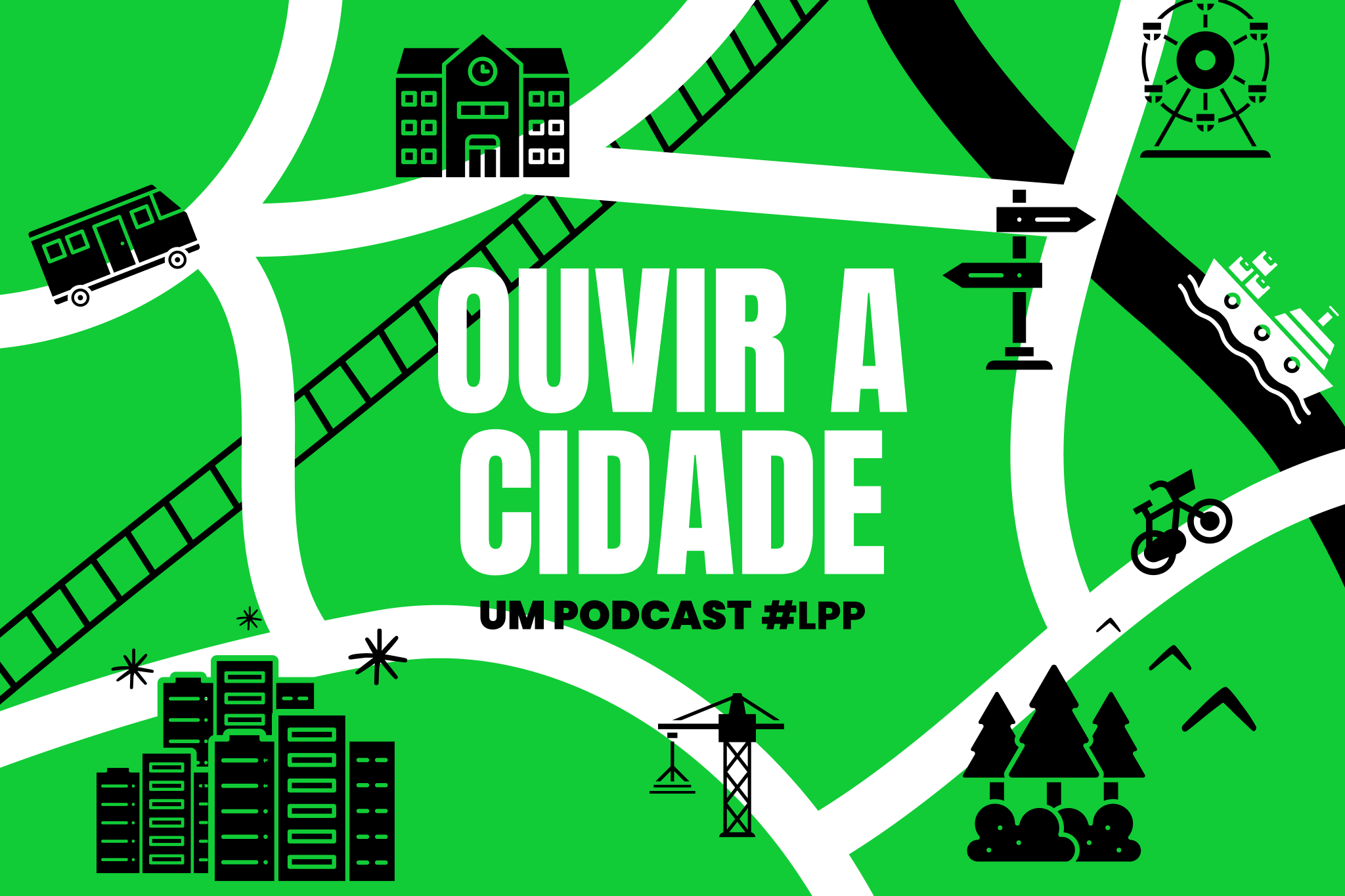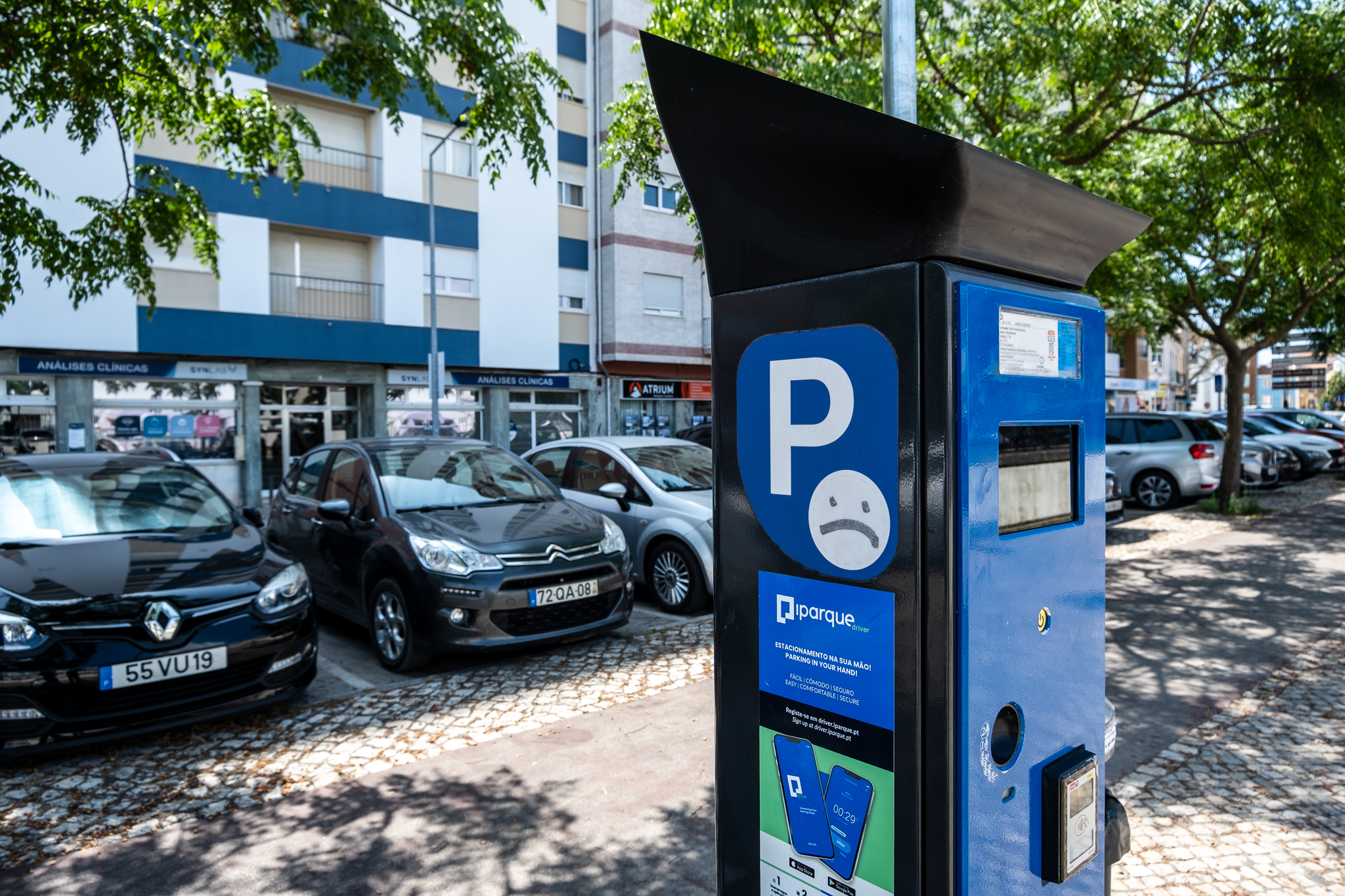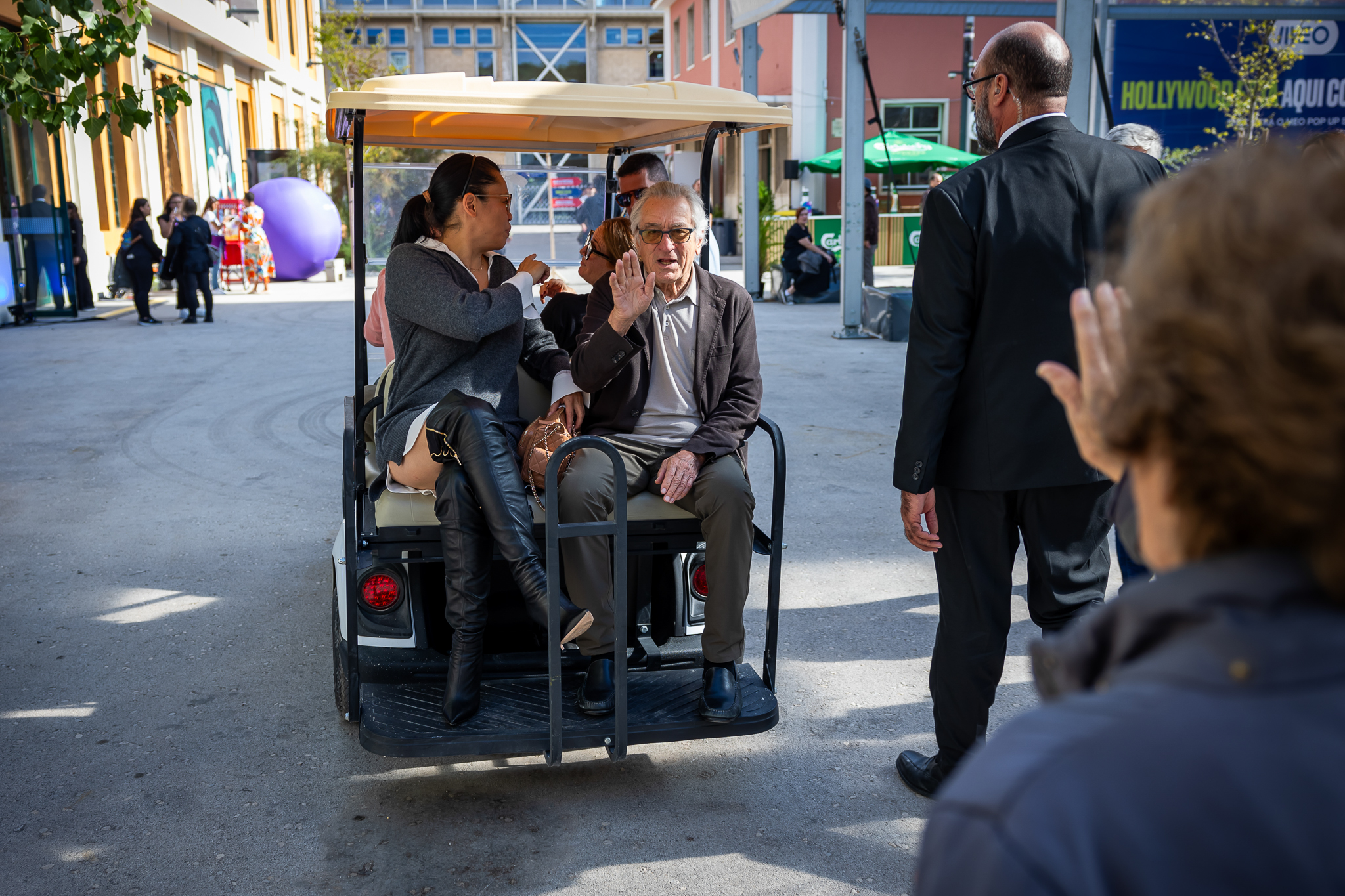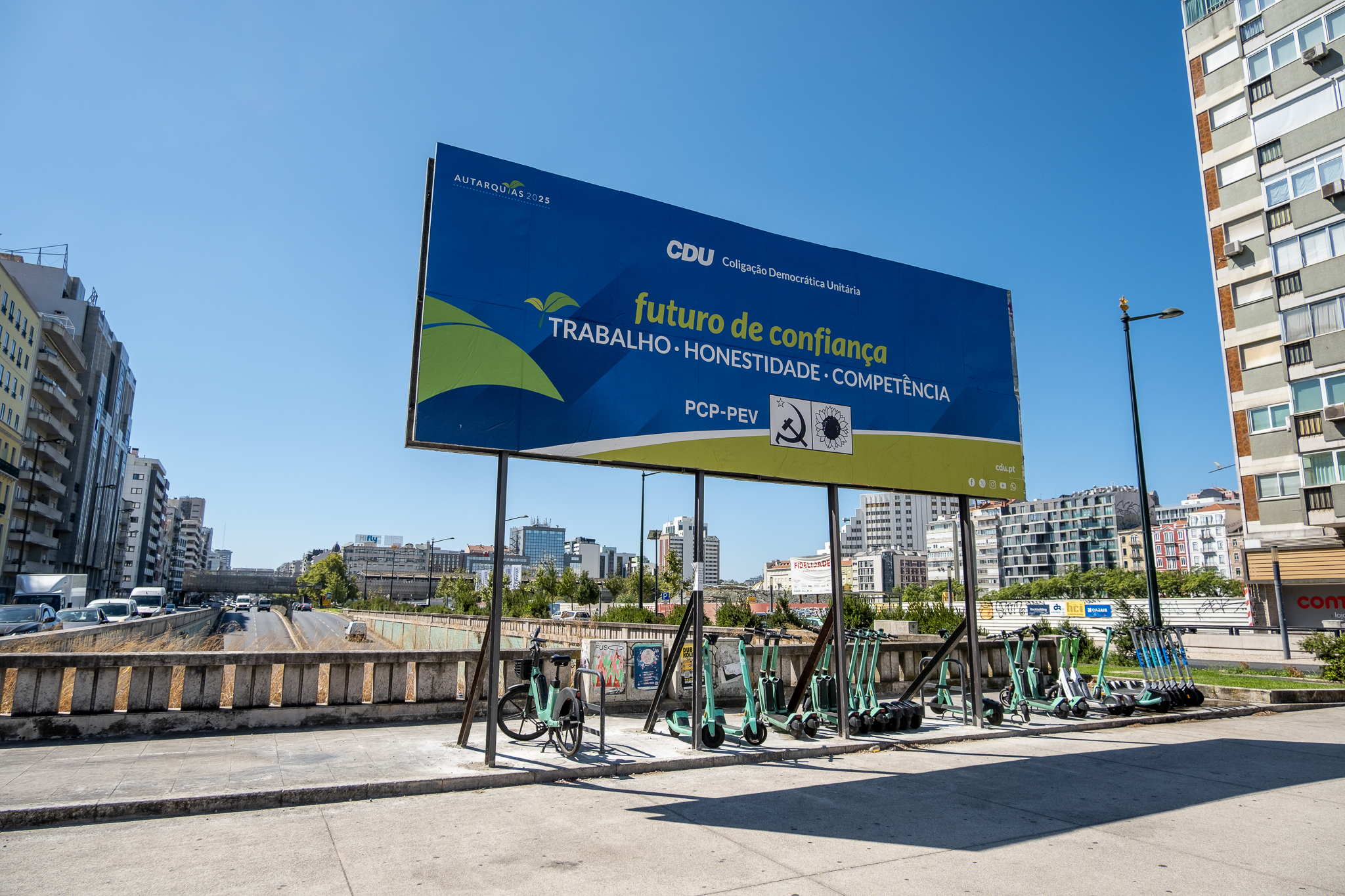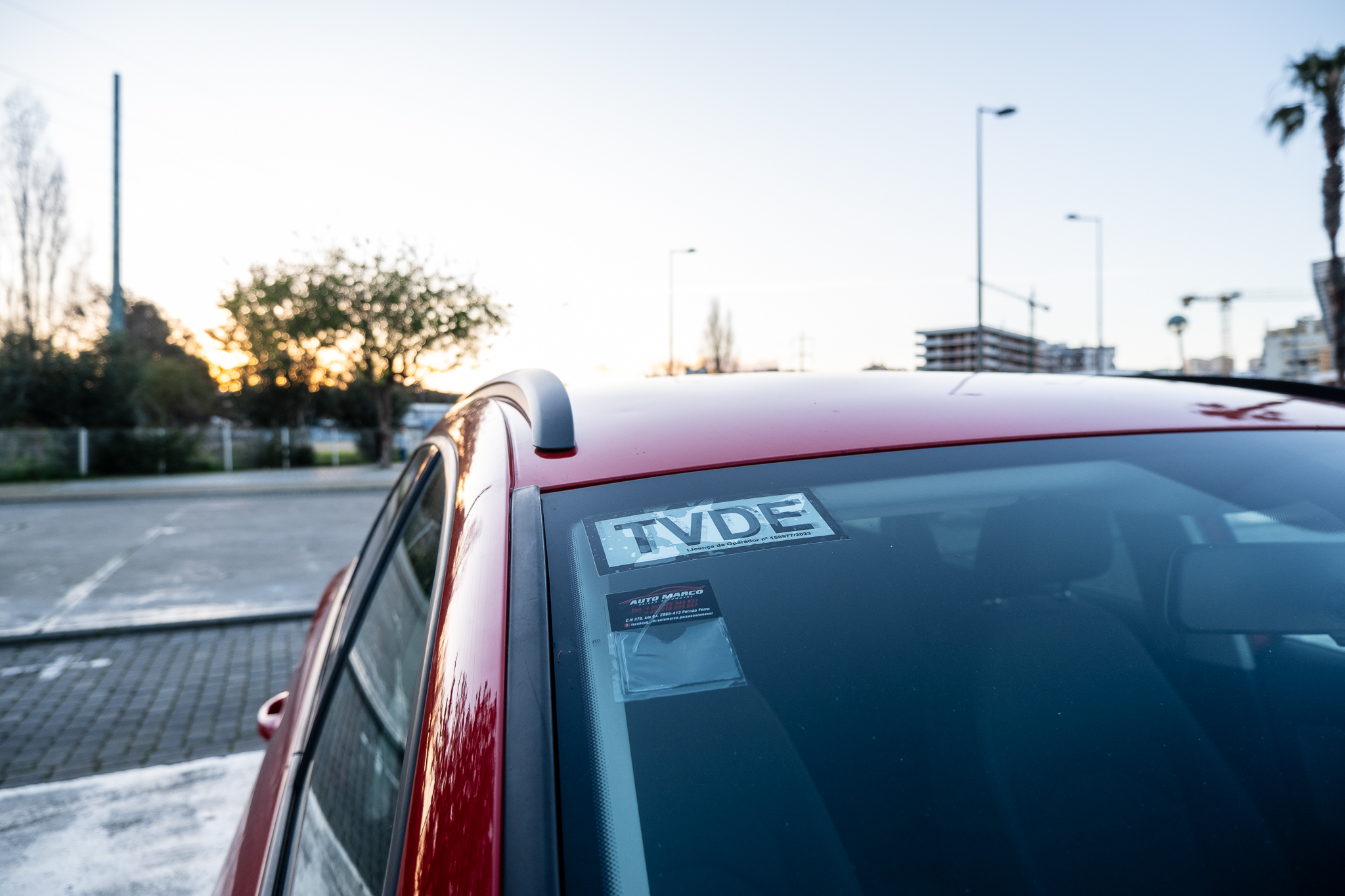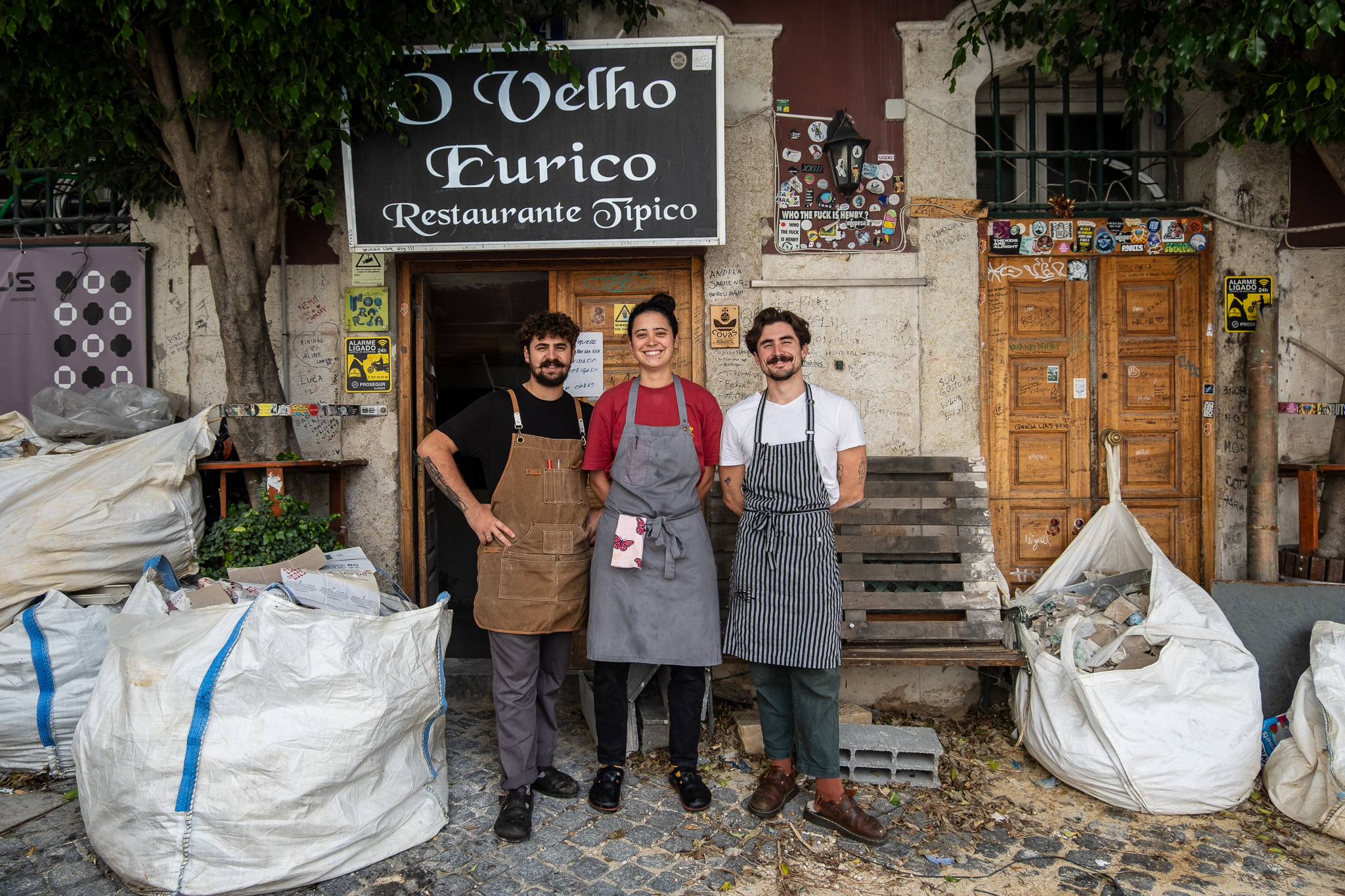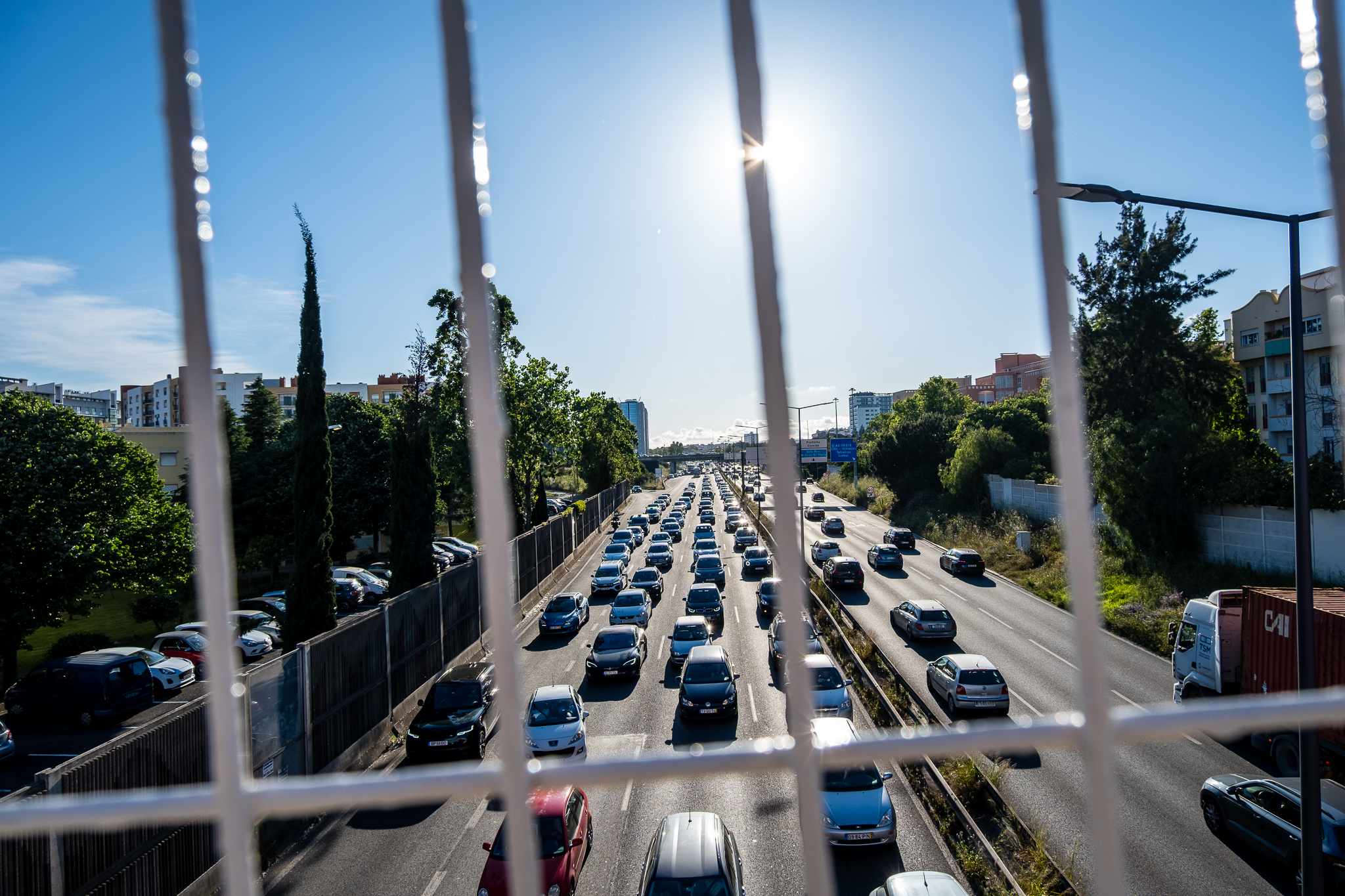Opinion.
The current traffic congestion problems on Avenida da Liberdade are not solved by adding flow capacity to it, making the side streets a reinforcement of the center lane.

In 2012, at the public presentation of the changes to be made to the sides of Avenida da Liberdade, António Costa, then Mayor of Lisbon, spelled out the objectives of the change: reduce the volume of traffic and improve air quality on the avenue, increase traffic safety, provide greater convenience for people, and favor a good connection between sidewalks and tree-lined central spaces. The decision was precipitated by a lawsuit filed by the European Commission against the Portuguese State for non-compliance with the air quality law on Avenida.
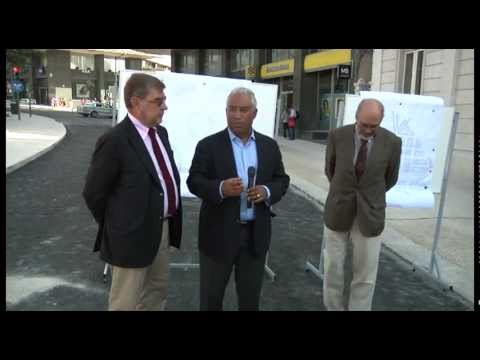
In fact, despite some attempts to solve this problem - which included washing the carriageway to remove pollutants deposited there, better management of the traffic light crossings, introduction of a higher fare and reduction of the maximum parking time on the sides of the Avenida, and campaigns to promote public transportation on this axis, well served by Carris and the Lisbon Metro - the concentration of pollutants continued to exceed the legal limits. The solution, then, would have to involve a reduction in the volume of traffic and a ban on vehicles that do not comply with European pollutant emission standardsThis occurred with the introduction of a ZER (Reduced Emission Zone) as early as 2011 on Avenida for pre-1992 vehicles (Euro 1 standard), albeit with exceptions for residents, emergency vehicles, and public transport.
This new proposal for automobile circulation on the sides of Avenida da Liberdade would be the subject of a three-month trial period... as agreed in a dozen public meetings with multiple stakeholders: residents, merchants, hotel and restaurant businessmen, law firms, trade associations, transport operators and the parish council... In these meetings, the following were three alternatives were presented for achieving these objectives, which reflected many other visions for the future of the Avenida:
- cut traffic in the central lane and concentrate it on the sides (which would be tested with the "agricultural fair" promoted by a large hypermarket chain);
- cut traffic and parking on the sides, allowing parking in the center lane and connecting the sidewalks to the wooded space;
- keeping the circulation in the central lane but reversing directions on the sides and limiting the speed to 30 km/h to allow coexistence with bicycle circulation, keeping parking on both sides until a parking lot is built on Rua Rosa Araújo.
After the discussion held, it was decided to test the latter alternative.
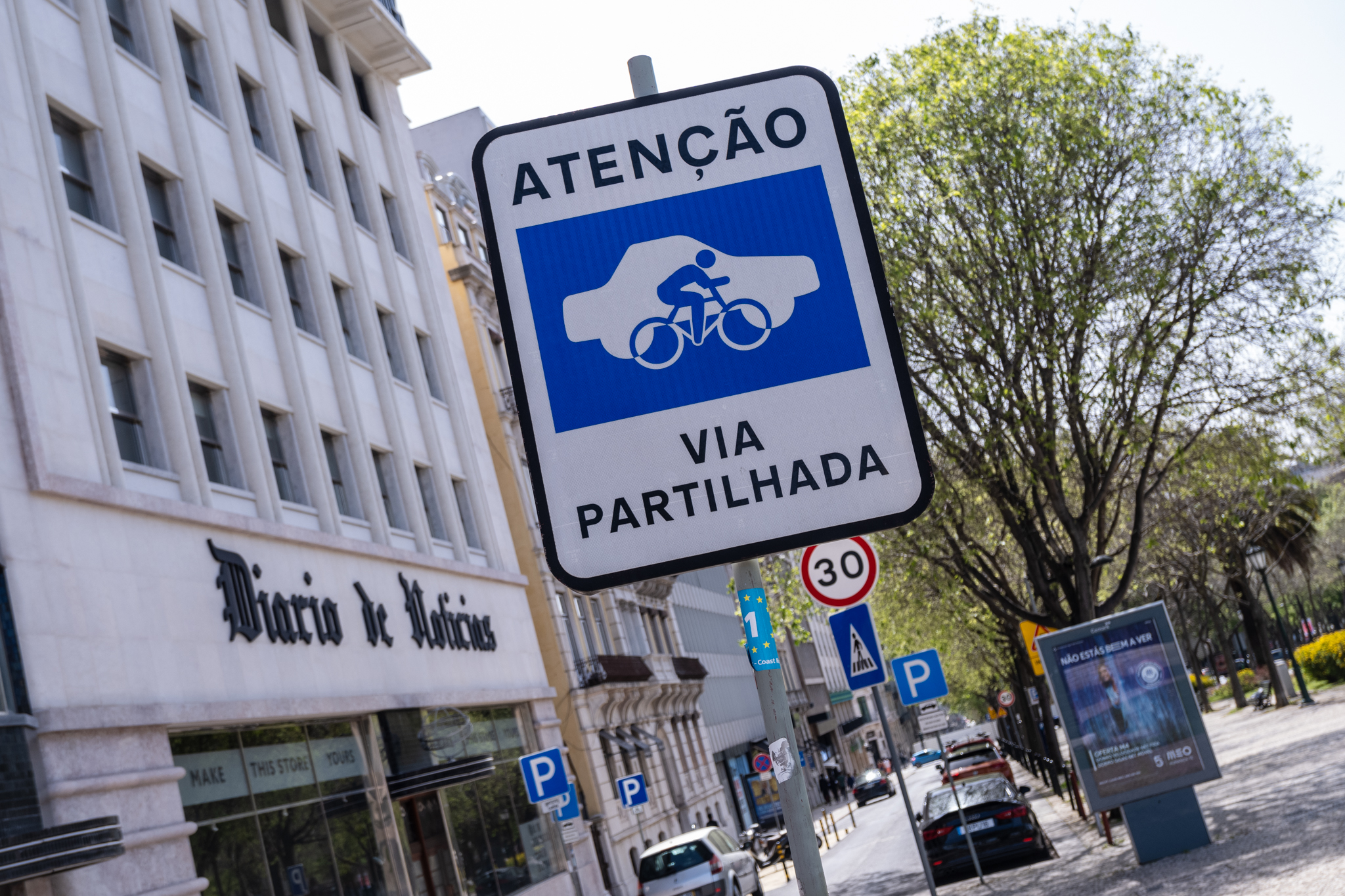
After the trial period, considering what was found and the new meetings held, some adjustments were made, namely to ensure the continuity of circulation on the sides instead of maintaining its operation in pockets.
The new circulation system made it possible to reduce traffic on the sides from 400 vehicles at peak hours to around 50 to 100 (this figure was only reached in the Tivoli block because there is a parking lot there), to comply for the first time with the legal limits for pollutant concentrations defined in the air quality law (except for particulates due to the tolerance of diesel cabs and buses that did not meet the European Euro 1 standards), to have parking spaces available and to eliminate abusive second row parking. There were no accidents, and the permeability between the sidewalks and the wooded spaces was confirmed by the greater number of people walking on that part of the avenue.
For reasons unknown to me (I stopped being a councilman at the end of 2013) the interventions planned for Avenida da Liberdade ended up not being carried out during the following mandates. The sidewalk on the sides was not replaced by a sidewalk that would ensure continuity between the sidewalks and the wooded spacesIt would also make cycling safer and more comfortable; the planned parking lot in the middle of the avenue, in addition to the existing ones at the tops, was not built (Marquês de Pombal and Restauradores); and, after 2015, no progress was made with the increase of the Reduced Emission Zone restrictions - which only covered vehicles prior to the Euro 3 standard (2000) in Zone 1, which covers Avenida da Liberdade, and Euro 2 (vehicles prior to 1996). But above all, The automatic license plate reading system, whose tender for the purchase of cameras was to be launched in 2013, has not been implemented.
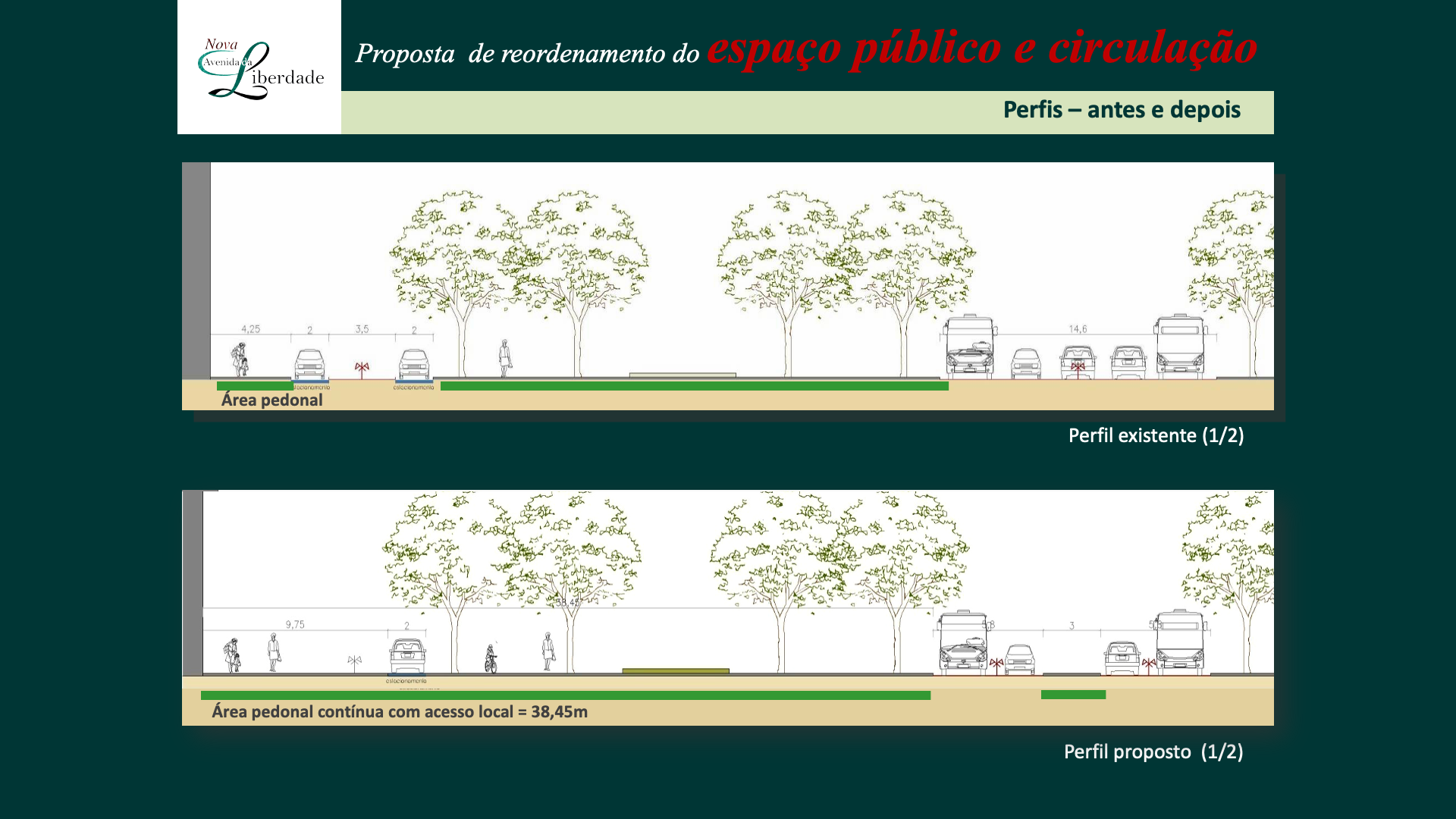
On the other hand, the pavement on the sides of the road was allowed to degrade and there was no intervention in the traffic light regulation of the intersections, allowing traffic jams in the central lane to increase. All this ended up taking away more impact from the measures taken and consolidated the idea that Avenida da Liberdade had passed to a secondary level of Lisbon City Hall's concerns, a situation that became worse when the municipal government gave absolute priority to interventions in the central axis of the city - Avenida da República/Saldanha/Fontes Pereira de Melo.
The current traffic congestion problems on Avenida da Liberdade are not solved by adding flow capacity to it, making the side streets a reinforcement of the center lane. The solution is to better coordinate the traffic lights (resuming the "green wave" concept, for which it is necessary to provide the City Hall services with the technical capacity to intervene in this area, reversing the policy followed during the last two municipal mandates); solving the problem of the intersection with Rua Alexandre Herculano (which implies eliminating the left turn for those coming from the downstream direction of Rua do Conde de Redondo), changing the sidewalk on the sides, as was foreseen in the initial project (see previous figure), where pedestrians and bicycles would have better and safer conditions to circulate. By doing otherwise will see increased congestion in the central and side lanes of the Avenida, worse functioning of the Marquês de Pombal traffic circle, and functional segregation between the sidewalks and the tree-lined spaces, and will not solve, but rather aggravate, the concentration of pollutants on the Avenida.
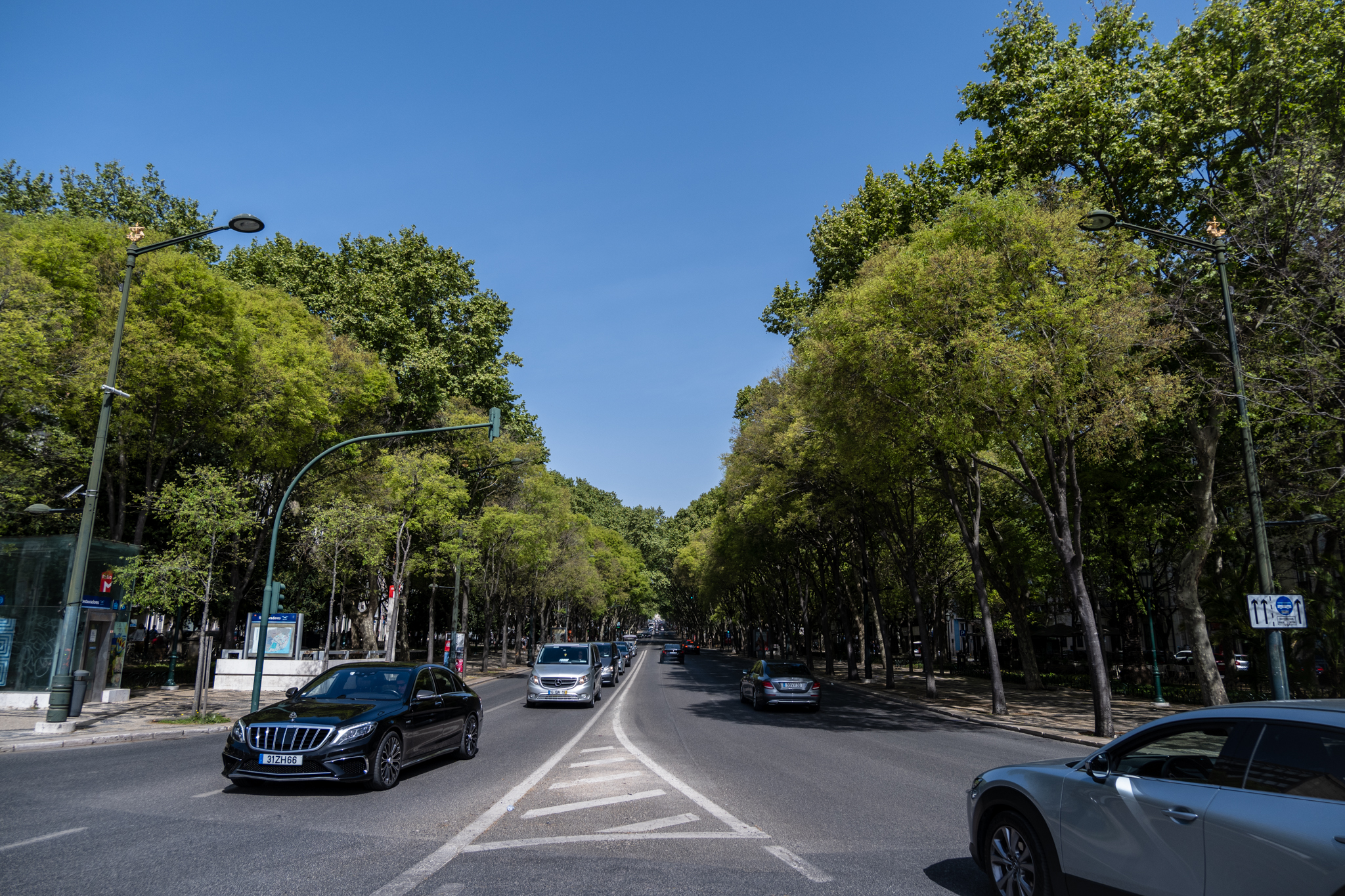
This intervention that the Lisbon City Hall will now carry out is the result of the approval of a proposal to this effect in the previous municipal administration. Not to say that this proposal was a direct affront to what António Costa had publicly defended when he was Mayor, it was presented by a PSD councilwoman and was "encompassed" in a more comprehensive proposal for the creation of a so-called "ABC" ZER, which in practice reserved access to Baixa and Chiado to residents, tourists and electric vehicles, although obviously with some exceptions - as always happens in this type of restrictions on car circulation. Consistent with the policy of turning Lisbon's historic center into a tourist park for wealthy residents, the proposal was another step in that direction. Unfortunately, even if it wanted to change this proposal, the current municipal executive, not having a majority in the Chamber or in the Municipal Assembly, would not be able to do so. We are thus doomed to yet another political prevarication whose bad results will soon be felt.
With almost 50 years of professional practice, where I tried to apply the teachings of the Masters with whom I worked (Nuno Portas, Costa Lobo, Bruno Soares, Manuel Salgado and Vassalo Rosa, among others), I always tried to make decisions based on the study of the reality where I intervened and on technical studies that justified the proposed actions. With doubts and certainly with mistakes, but always available to hear other opinions, recognize the error and correct it. What cannot be accepted is to question proposals based on "hunches" and decisions obeying immediatisms without technical grounds.
A shorter version of this article was published in Público newspaper of March 29, 2023.


